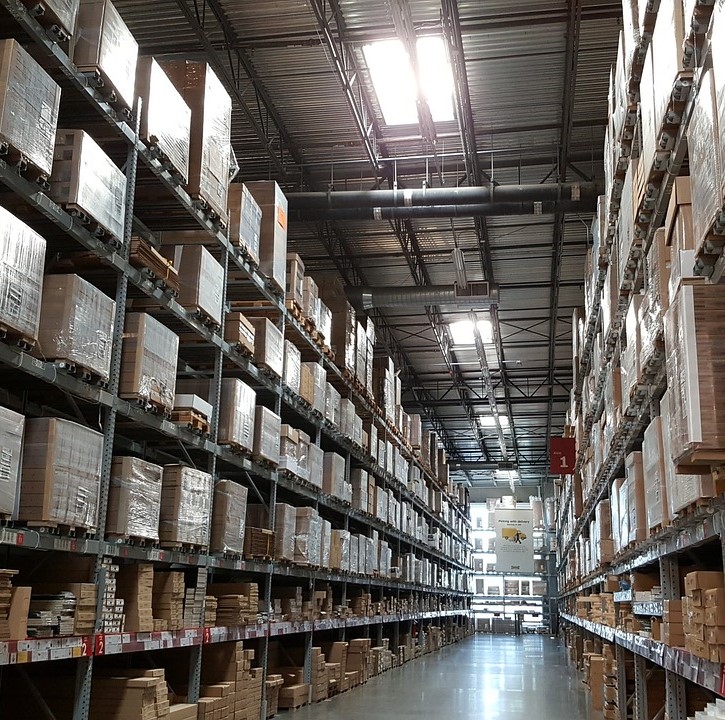Last Updated: 01/09/2024
Safeguarding Reliability: Best Practices for the Storage and Handling of Mechanical Seals
Mechanical seals, the unsung heroes of rotating equipment, play a pivotal role in ensuring leak-free and efficient industrial processes. However, their effectiveness can be compromised if proper storage and handling practices are not observed. In this blog post, we will delve into the best practices for storing and handling mechanical seals, safeguarding their integrity and optimizing their performance.
Controlled Storage Environment
Establish a controlled storage environment for mechanical seals to protect them from environmental factors. Store seals in a clean, dry, and temperature-controlled space. Exposure to excessive humidity, temperature fluctuations, or contaminants can negatively impact the performance and longevity of seals. Mechanical seals can be sensitive to temperature and humidity variations. Ensure that the storage environment maintains a temperature and humidity level within the recommended range specified by the manufacturer. Extreme conditions can affect the seal’s physical properties and performance.
Avoid Direct Sunlight and UV Exposure
Exposure to direct sunlight and ultraviolet (UV) radiation can degrade the materials of mechanical seals over time. Store seals in areas that are shielded from direct sunlight and UV exposure to prevent premature aging and deterioration of seal components.
Protective Packaging
Mechanical seals should be stored in protective packaging to shield them from dust, dirt, and potential damage during handling and transportation. Use packaging materials that are compatible with the seal materials to avoid any chemical interactions that could compromise their integrity.
Labeling and Documentation
Properly label each stored mechanical seal with essential information such as part number, date of manufacture, and material specifications. Maintain comprehensive documentation, including storage dates and conditions, to facilitate traceability and ensure that seals are used within their recommended shelf life. Additionally, it is necessary to document the materials of construction, as some materials may have a finite shelf life.
Rotate Stock to Prevent Aging
Implement a first-in, first-out (FIFO) rotation system for stored seals to prevent aging and ensure that the oldest seals are used first. Regularly check and update the inventory to manage stock effectively and prevent the unintentional use of expired or outdated seals.
Handle with Care
When handling mechanical seals, exercise extreme care to prevent damage to critical components. Mechanical seal faces are fragile and will crack or chip much like glass or ceramic. Because of this, care should be taken to properly handle mechanical seals to avoid damage. Avoid direct contact with seal faces, and use clean gloves and tools to minimize the risk of contamination. Use an alcohol based, rapidly drying solvent along with a lint-free cloth to clean seal faces where necessary. Follow manufacturer guidelines for proper handling procedures.
Inspect Seals Before Installation
Before installing a stored mechanical seal, conduct a thorough visual inspection. Check for any signs of damage, wear, or degradation. If there are concerns about the condition of the seal, consult with the manufacturer for guidance on whether the seal is still suitable for use.
Avoid Prolonged Storage
While proper storage is essential, it’s also advisable to avoid prolonged storage whenever possible. Mechanical seals are designed for active duty, and extended storage periods may lead to issues such as flat-spotting or loss of resiliency in elastomeric components. Further, some elastomeric components, such as o-rings or bellows, have a finite shelf life and will need to be “refreshed” every few years. It is important to identify these materials and document the expiration date of these perishable components.
Regular Training for Personnel
Provide regular training for personnel involved in the storage and handling of mechanical seals. Ensure that they are aware of best practices, understand the importance of proper handling, and are equipped to follow established procedures to maintain the integrity of stored seals.
The reliability and performance of mechanical seals depend significantly on how they are stored and handled before installation. By adhering to these best practices, industries can protect their investment in mechanical seals, minimize the risk of premature failures, and ensure the continued efficiency of their rotating equipment. A proactive approach to storage and handling is an integral part of the larger commitment to reliability, safety, and the overall success of industrial processes. Follow our Twitter page for weekly pro tips on mechanical seal storage and much more!

Topics: Mechanical seals storage | Handling best practices | Seal maintenance tips | Industrial seal care | Preventing seal damage | Storage guidelines for seals | Mechanical seal longevity | Effective seal handling | Seal storage techniques | Optimal mechanical seal care


